About Karigasniemi
& Kaamanen
Kaamanen and Karigasniemi are lively meeting points in Lapland North.
North of Inari by the main road E75, lies the village of Kaamanen. It is a traditional meeting point as from there the roads and snowmobile tracks lead to North, East, South and West (Karigasniemi). Main livelihoods of the 200 inhabitants of Kaamanen village, are reindeer herding and services mainly related to travelling industry. The name of the village comes from the Northern Sámi word “gámas”, which means a particular part of reindeer skin.
Karigasniemi is west from Kaamanen, in the municipality of Utsjoki. Karigasniemi is a lively village of 500 inhabitants, good services, thousands of reindeer and access point Sulaoja to Kevo Strict Nature Reserve trails. Karigasniemi is connected to the Norwegian municipality Karasjok, which is only 18 kilometres from Karigasniemi, on the other side of River Inarijoki and River Teno. There is good access from Karigasniemi to the Porsanger fjord (Norway) and Arctic Ocean, and to the North Cape. Finland’s most beautiful road, Route 970, connects Karisgasniemi to the village of Utsjoki.
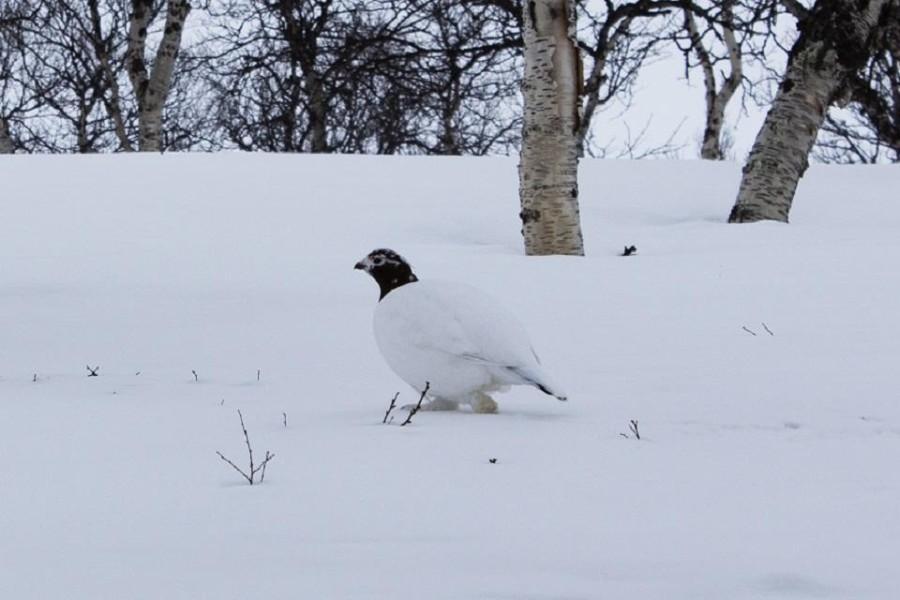
Meeting point in the Wilderness
The village of Kaamanen is a traditional meeting point, as from there the roads and snowmobile tracks lead to North, East, South and West. To the North lies Utsjoki and to the West Karigasniemi, both access points to Porsanger Fjord and Varanger Fjord in Norway. To South lies Inari and Ivalo and access to southern Finland via road E4 and Ivalo airport, and to East are Sevettijärvi and Näätämö – home of the Skolt Sámi culture and access to Kirkenes region in Norway and to Russia.
Kaamanen has a strong fishing and wilderness culture. In River Kaamanen and other surrounding fishing waters, brown trout and grayling are caught. The area is known for its extensive wild fowl population and is said to be the paradise for the bird photographers.
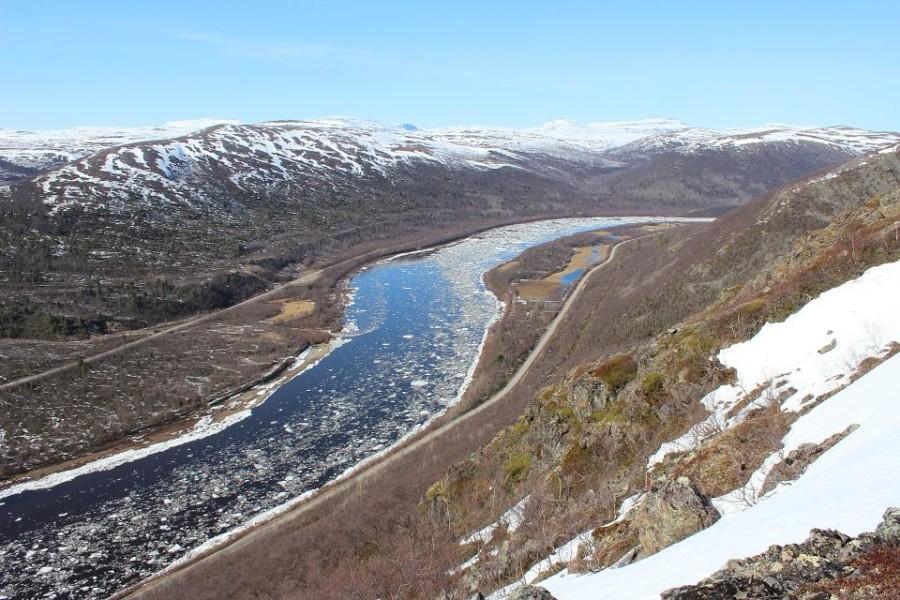
En route to North Cape – Village of Karigasniemi
West of Kaamanen by the Norwegian border is the village of Karigasniemi with its 500 lively inhabitants. Karigasniemi is the meeting point of three rivers: River Inari, River Teno and River Karas, and also a meeting point of Finland and Norway, as the closest Norwegian neighbour, municipality of Karasjok, is only 18 km away. There is good access from Karigasniemi to the Porsanger fjord of Arctic Ocean and to the North Cape. Finland’s most beautiful road, Route 970, connects Karisgasniemi with the village of Utsjoki. As a lively border village, Karigasniemi has many services for travelers.
Local sights
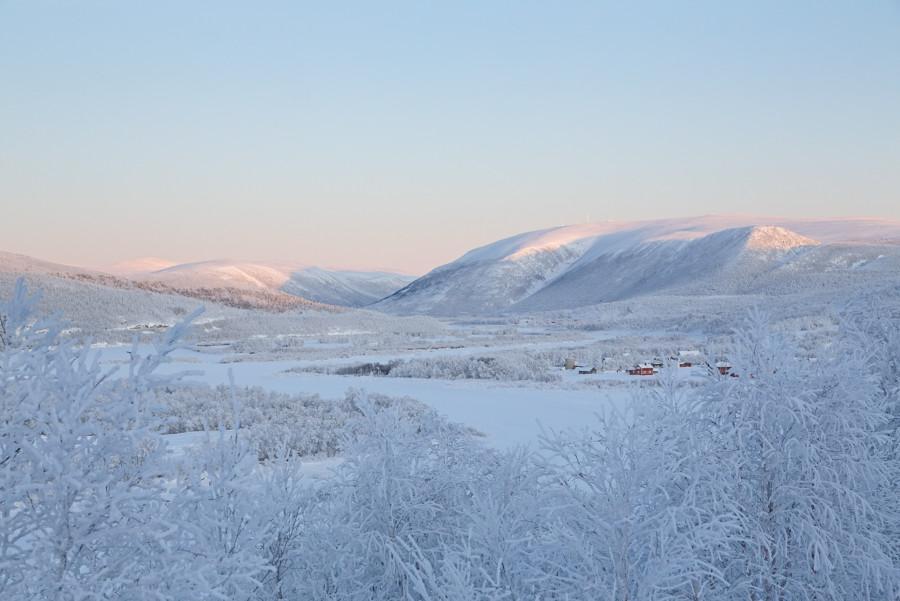
The most beautiful road in Finland
The Route 970 takes you from Karigasniemi to Utsjoki following the 100 km journey alongside the River Teno, continuing from there to Nuorgam. This “Route Teno” has been given the title of the most beautiful road in Finland, as it travels alongside the river through breathtakingly beautiful river valley – you cannot find anything like it elsewhere in Finland.
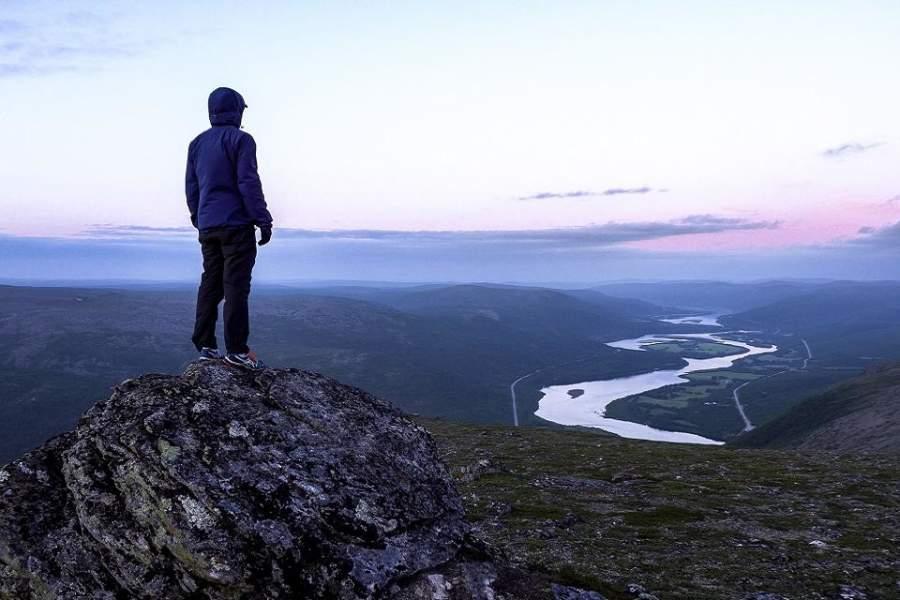
Ailigas fells
The municipality of Utsjoki has three fells named Ailigas, all of which are located near the River Teno. The highest of the three is located in Karigasniemi, near the area where the River Inarijoki turns into river Teno. This particular Ailigas stands an impressive 620 metres high. The second highest fell rises straight up from the shore of the Tenojoki River by the Nuvvus village, 50 kilometres along Route 97o towards Utsjoki. Indeed, this 535-metre high fell goes by the name of Nuvvus-Ailigas. The smallest of the three fells stands at 342 metres in height, protecting the village of Utsjoki. All Ailigas fells have unmarked trails, but the Ailigas in Utsjoki village is the only one with road access to the top during snow-free seasons.
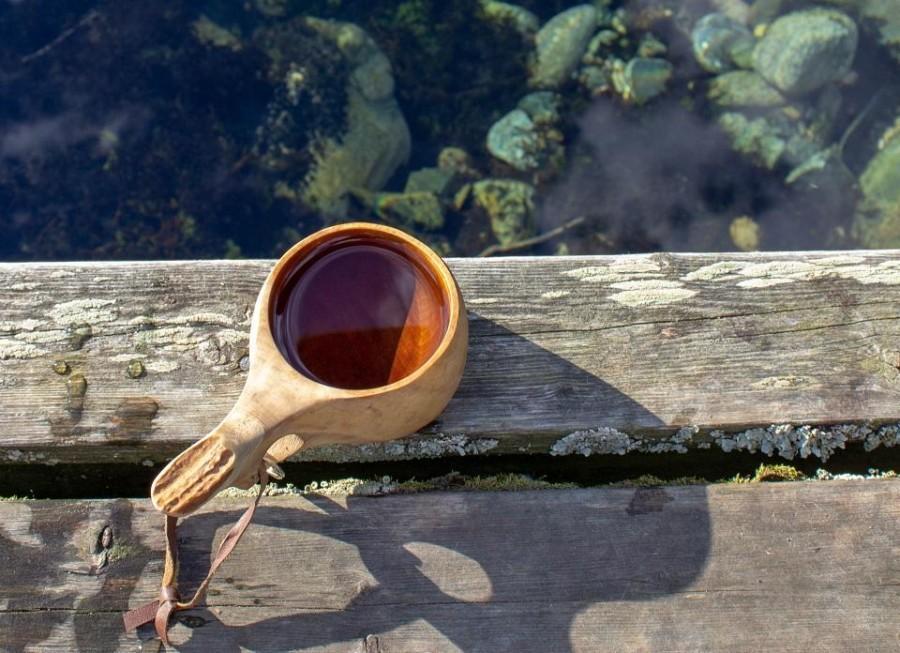
Sulaoja spring
Sulaoja is Finland’s biggest natural spring measured by water content. It has been a sacred place for the Sámi people, as the water was believed to have healing powers. Sulaoja is the southern starting gate to the Kevo Strict Nature Reserve, about 10 kilometres east from Karigasniemi village. There is a marked 2 km walking trail to the spring and surrounding nature. The path is easy to walk and provides information about the area.
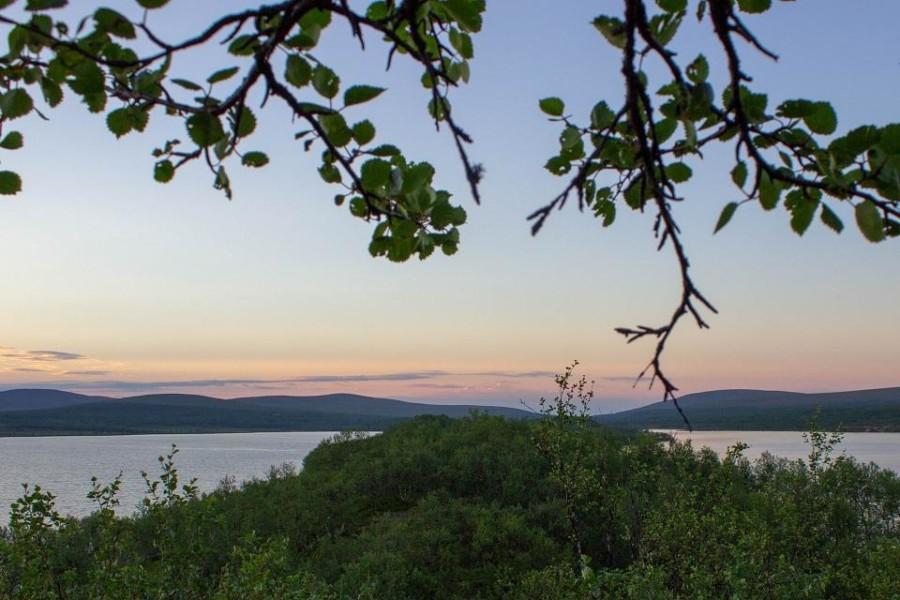
Kevo Strict Nature Reserve
The Kevo Nature Reserve with its magnificent canyon is among the most rugged hiking attractions in Finland. The heart of the nature reserve consists of a canyon-like valley spanning 40km in length, and in places as deep as 80 m. At the bottom of the canyon flows River Kevo. The rest of the nature reserve is fell highland crossed by gentle slopes of ravines. There are also large tundra-like open mires. There are two marked, rather demanding hiking trails of 63km and 86km, and an easy to walk, 2 km long nature trail at Sulaoja spring. The unique area is a prime habitat for rare birds, which is why access is restricted to signposted trails.
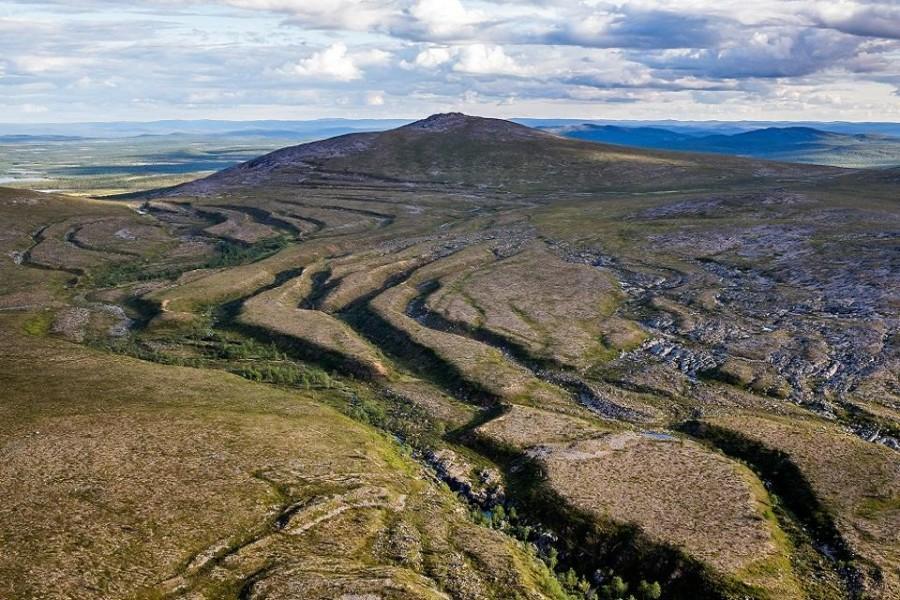
Muotkatunturi Wilderness Area
Muotkatunturi Wilderness Area is a wilderness area in its true meaning: there are no marked trails and only few wilderness huts. The rolling fells, the beautiful Lake Peltojärvi and fast flowing rivers of the Muotkatunturi area give the landscape its distinctive appearance. Muotkatunturi area is suitable for experienced hikers and outdoor enthusiasts. Local traveling companies also arrange guided tours to Muotkatunturi area year-round.
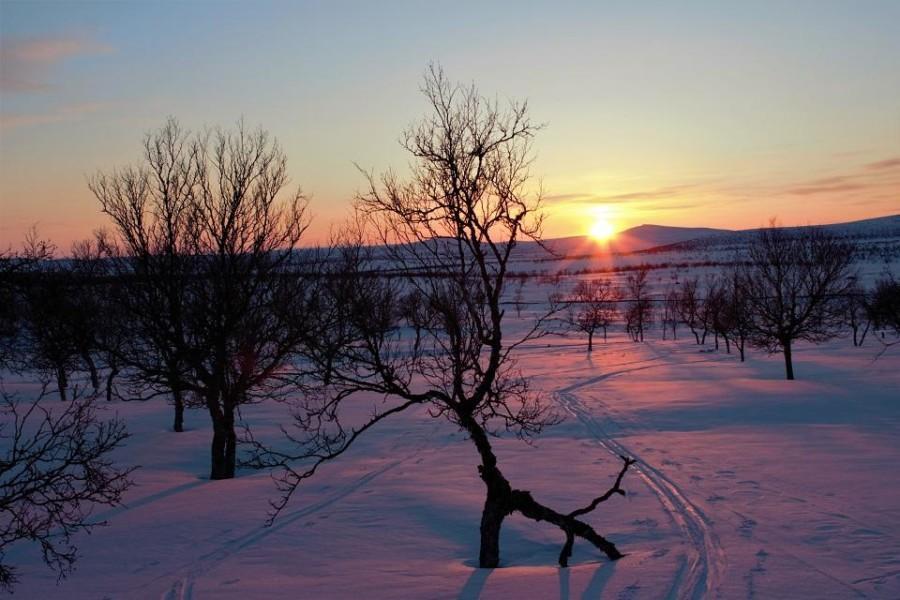
Paistunturi Wilderness Area
Paistunturi Wilderness Area is a 1500 square metre large continuous wilderness area, located between Kaamanen, Karigasniemi and Utsjoki. In the middle of the area rises the rounded fell tops of Paistunturit at the height of around 600 metres. Around are vast mires, fell heaths and mountain birch forests. Stunning sceneries after another are exposed, as the gentle rolling fells are crossed by deep carved river valleys. From the highest fell tops, you get a great view over the entire wilderness area, as far as to the fells in Norway. Wilderness areas have some trails, of which some are marked and others used mainly by locals when engaging in traditional livelihoods: reindeer herding, hunting, gathering, fishing. Wilderness areas are suitable for only experienced trekkers with navigation skills, but most local companies offer guided day tours for all travelers – a safe way for anyone to explore the magic of the tundra.

